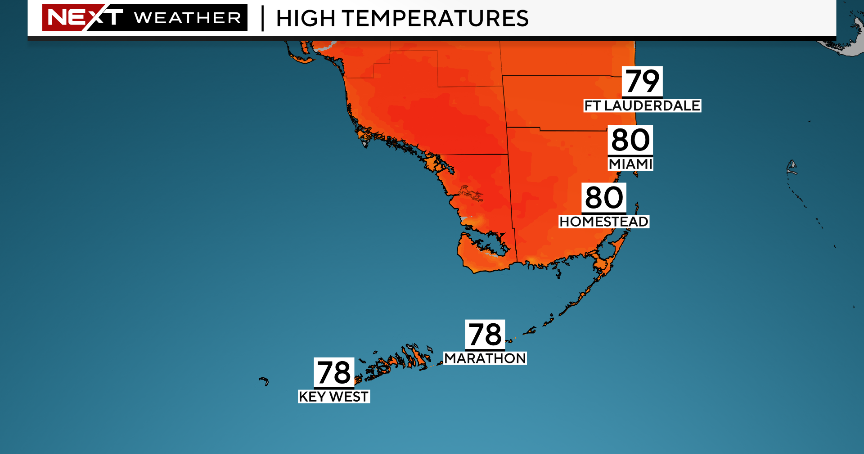Mission to the Titanic to document artifacts and create 3D model of wreckage launches from Rhode Island
An expedition team was on their way Friday to the Titanic wreckage on a mission to explore the site and capture high-resolution photos. RMS Titanic Inc. has exclusive rights to recover artifacts from the wreckage, a privilege granted to them by a U.S. federal court order in 1994.
The company last went to the site in 2010 and they have so far found about 5,500 objects from the wreck, according to BBC News.
This mission, led by imaging experts, scientists, oceanographers and historians, will use new technology to survey the site. The crew will use remotely operated vehicles to capture images to assess the condition of the ship, which sank 112 years ago, as well as the artifacts left at the bottom of the ocean. They will also use the images to create a 3D model of the ship.
BBC News, a CBS News partner, had exclusive access to the expedition, which launched from Providence, Rhode Island. The team's ship, Dino Chouest, will sit above the wreck in the Atlantic for about 20 days.
Last year, five men died on a submersible while on a private trip to the wreckage run by the company OceanGate, which took high-paying customers to view the wreck about 12,500 feet under the sea.
The Titan sub launched from a research vessel and lost contact with the crew above about one hour and 45 minutes into its voyage. The submersible, operated by Stockton Rush, the CEO of OceanGate, imploded, killing him and his four guests, who paid $250,000 a ticket for the journey. OceanGate suspended its operations following the tragedy.
One of the men on board the submersible, Paul-Henri "P.H." Nargeolet, was the director of research at RMS Titanic Inc. He was set to lead this expedition, making it a moving mission for those involved.
"It's tough but the thing about exploration is that there's an urge and a drive to keep going. And we're doing that because of that passion P.H. had for continuous exploration," historian Rory Golden, Nargeolet's friend and chief morale officer of this mission, told BBC News.
The crew will hold a memorial service for the five men who died on the submersible as well as the 1,500 who died when the Titanic sank after hitting an iceberg in 1912.
They hope to document at-risk artifacts and broaden information about the ship — and the marine life — sitting at the bottom of the ocean.
The remote vehicles will take millions of photographs that will be used to make a 3D model of the wreckage. "We want to see the wreck with a clarity and precision that's never before been achieved," co-expedition lead David Gallo said.
"If all of the weather gods, the computer gods, the ROV gods, the camera gods — if all those gods align, we should be able to capture Titanic and the wreck site in as close to digital perfection as you can get. You would be able to quite literally count grains of sand," said Evan Kovacs, who's in charge of the imaging program.
In 2023, deep-sea mapping company Magellan Ltd. created a first of its kind digital scan of the ship's wreckage. The full-sized scan was created using submersibles that took more than 700,000 images of the ship over 200 hours. The images were used to make a 3D reconstruction of the Titanic.
The Titanic, which was dubbed an "unsinkable ship," met its fate on April 15, 1912, after it struck an iceberg in the middle of the north Atlantic and split in two, sinking and killing about 70% of the people who were on board for the maiden voyage from the U.K.
The wreckage was first located in 1985 by a crew led by Robert Ballard. About eight days into their expedition, they found the ship about 400 miles off the coast of Newfoundland, Canada.
A blockbuster movie directed by James Cameron and starring Kate Winslet and Leonardo DiCaprio still captivates audiences more than 30 years after it premiered. The 1997 film won 11 Oscars including best picture, best directing and best original song for Celine Dion's "My Heart Will Go On."






